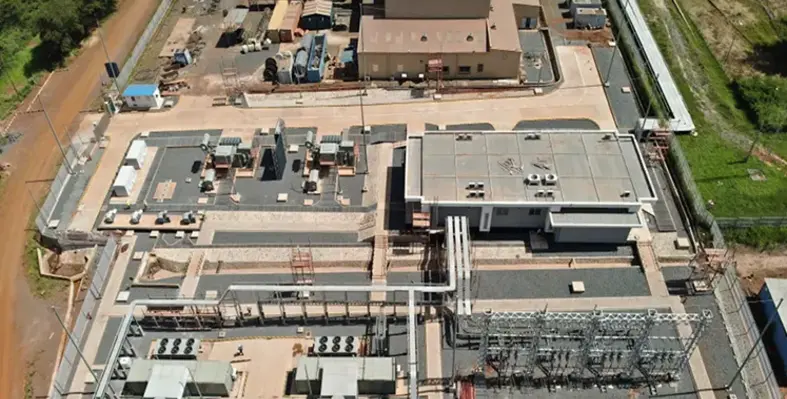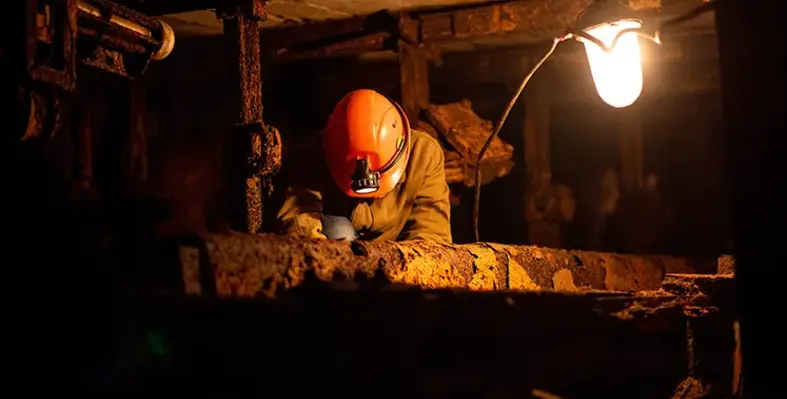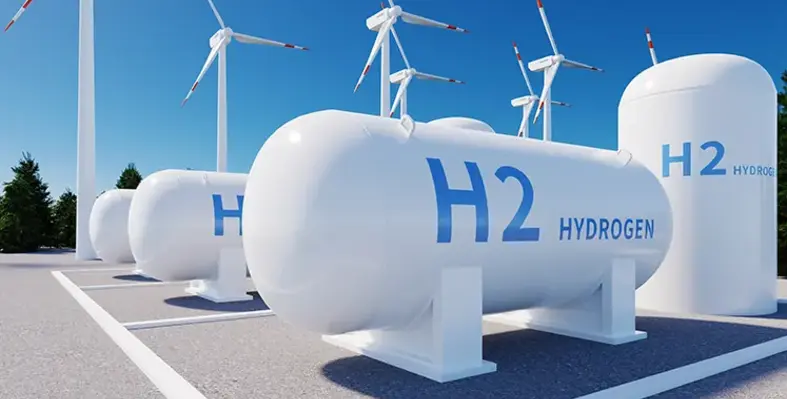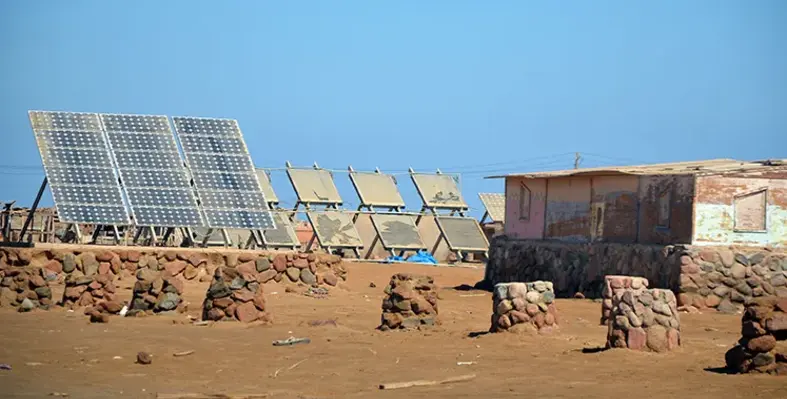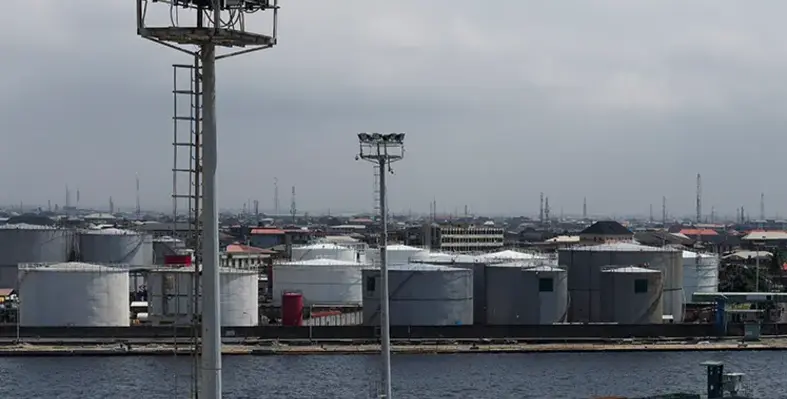Hitachi Energy has completed a project to connect Tanzania’s leading gold producer, Geita Gold Mine Limited (GGML), to the national grid, displacing the use of traditional thermal gensets for energy
In a statement, Hitachi Energy said the project replaced 80% of the fossil-fuel gensets used by GGML for power generation and is expected to reduce the site’s carbon emissions by at least 50 kilotons (Kt) CO2 per annum.
Tanzania’s national grid is currently estimated to be made up of around 45.5% renewable energy sources.
“We are proud to support Geita Gold Mine Limited in this landmark achievement,” said Mohamed Hosseiny, managing director at Hitachi Energy in Africa.
AngloGold Ashanti, the owner of GGML, collaborated with the Tanzanian government, power utility Tanzania Electric Supply Company (Tanesco), and Hitachi Energy to execute the project.
As part of the deployment, Hitachi Energy delivered a state-of-the-art power electronic converter that stabilises the mine’s connection to the grid, featuring a PCS 6000 STATCOM system.
The system’s performance is further optimised through MicroSCADA, which provides crucial real-time monitoring and control.
The PCS 6000 STATCOM system was pre-assembled, tested to the highest standards, and shipped as a containerised package for fast installation on-site.
Its compact design and adaptability to harsh mining environments make it a “compelling solution” for industrial and remote grid applications, according to Hitachi Energy.
“Electrification solutions, like the STATCOM system, are vital to accelerating the global energy transition,” a statement read.
“By delivering innovative technology to high-impact markets, Hitachi Energy empowers the world’s energy system to be more sustainable, secure, resilient, and affordable.”
During the project execution, the company engaged with local partners, providing supervision and training to contractors and skills development.
Hosseiny added that it underlined the industry’s commitment to improving its environmental footprint.
“AngloGold Ashanti’s unwavering commitment to sustainability and climate resilience across their business, value chain, and communities sets a remarkable standard in the industry,” he said.
“It is reassuring that our pioneering technologies and solutions are advancing a sustainable energy future for all.”
Read more:
Wartsila signs gold mine power deal in Senegal
